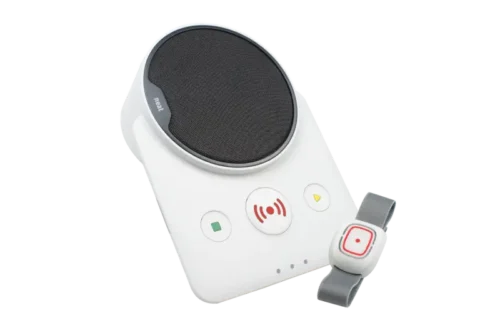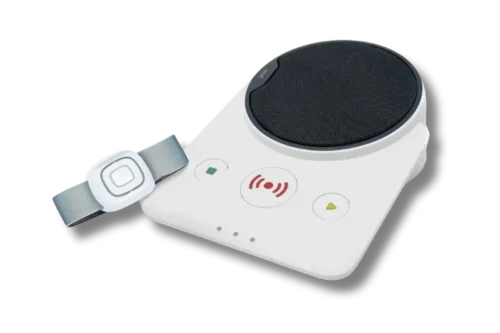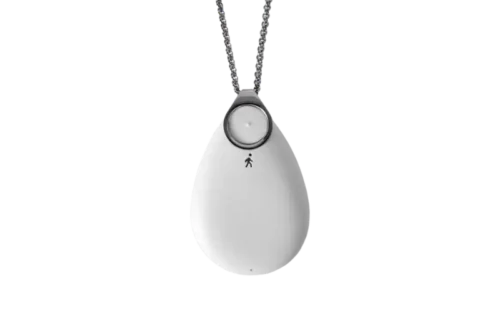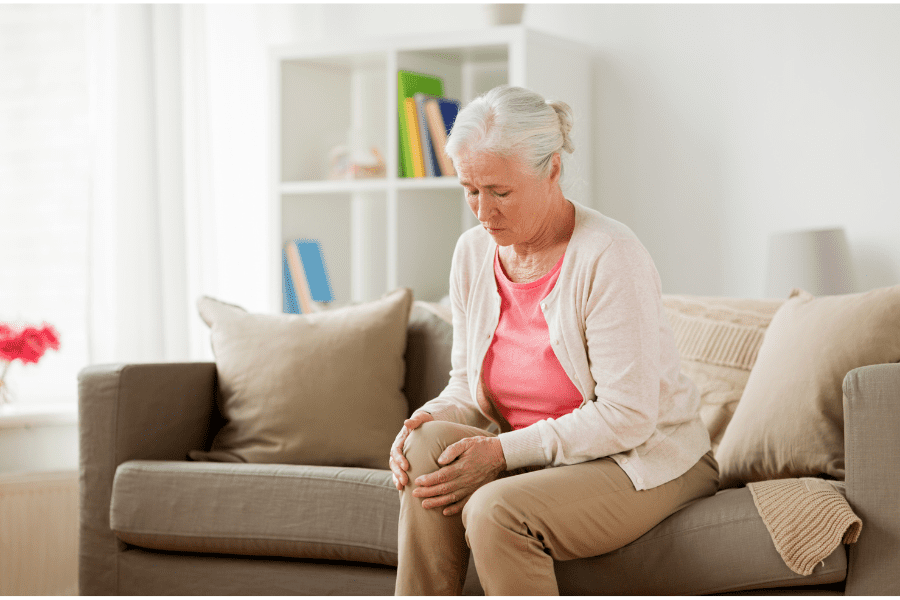According to an article by Arthritis Action, around 10 million people are affected by arthritis. It is a mean, non-discriminating machine, that has plenty of pain to go around.
The Arthritis Action website says that there are different types of this disease. It is the leading cause of disability in the UK, and arthritis is a nuisance to all who suffer from one of its many forms. Although not lethal, a chronic form of this disease can make one wish that it were.
Arthritis Action demonstrates Enteropathic arthritis, Inflammatory Arthritis, Infectious Arthritis, and Psoriatic arthritis is the source of the pain that varies depending on which of these major types of arthritis one develops. While there are many things a person with arthritis may do in order to maintain a healthy, active quality of life, the major focus will have to be pain management. The pain is real, but the perception of pain differs for each person.
Tips for Easing the Pain
Regardless of the type of arthritis one may have, pain is the most debilitating and prevalent factor, here are eight tips to ease arthritic pain.
Tip #1: Do not be afraid to feel your pain
We think we are aware of our pain when we are hurting. But it is very possible that is not the case at all. Similar to touching a hot stove, the sensation of pain triggers a reaction. That reaction is spastic, quick, and happens without a decision. The body intends to remove us from harm.
When the sensation ceases, the body returns to normal and stops the spastic fleeing. But imagine what would happen if the sensation never went away. Feeling the pain means we become aware of the pain. We become aware of a part of ourselves that is not hurting when we are in pain. When we do this, our perspective on pain remains realistic. That often means it will lessen.
Tip #2: Maintain a healthy lifestyle to reduce other medical conditions
Sure, this one seems obvious, although it really makes a difference. Pain is a debilitating aspect of arthritis. Everything that reduces pain makes arthritic pain less. Any pain coming from somewhere else or for other reasons increases arthritic pain by magnitudes.
Tip #3: Alleviate depression
This is a tough battle. Chronic pain can cause depression. Yet it works the other way too. Reducing depression can alleviate pain. Dr. Goldner says that pain and depression share some of the same neurotransmitters. Reducing one should reduce the other. Therapy and/or medication, can help in this effort.
Tip #4: Surround yourself with people who understand
There’s nothing worse than suffering when no one understands your true pain. The place to begin is with your medical professional. Work with doctors who take your condition seriously and who understand the pain you go through each day. Pain increases in situations of emotional distress. Dr. Goldner says addressing the pain is usually enough to break the cycle in his patients. They no longer feel they suffer alone.
Tip #5: Find a pain medication that works for you
The NHS gives some medication suggestions for arthritis. Among these are analgesics, nonsteroidal anti-inflammatory drugs (NSAIDs), counterirritants, disease-modifying antirheumatic drugs (DMARDs), biologic response modifiers, and corticosteroids. Your health professional should be able to identify the specific arthritic disease you deal with. Then suggest one of the variety of medications used to treat the effects of your particular arthritis.
Tip #6: Do reasonable exercise regularly
The other most prevalent effect of arthritis, aside from pain, is stiffness. The stiffness, as you can imagine, also contributes to the physical and emotional pain. Find some basic stretches and movements that get arthritic joints moving. Improving endurance and range of motion will help alleviate pain.
Tip #7: Explore surgical options
Surgeons can perform joint repairs, including realignment, restructuring, etc. Another approach is joint replacement, which speaks for itself. A third option is joint fusion, performed mostly on smaller joints. It requires shaving off small sections of bone and fusing the two together until the joint heals.
Tip #8: Get back to basics and explore alternative treatments
The NHS suggests acupuncture, chiropractic, osteopathy, and massage therapy. Acupuncture can target specific painful regions and bring instant relief. Massage therapy increases blood flow to the muscles in the painful regions, relaxing them. Doing this takes away stiffness and pain due to constriction of the muscle.
Arthritic pain is also a major contributor to elderly people falling. In fact, it is estimated that every minute, one in three people over 65 suffers a fall in the UK. Read the article and watch the latest video from our ambassador, Dr. Hilary Jones, on how to prevent falls.
Thank you for reading this article. If you would like more information similar to this article, please check out our blog.




